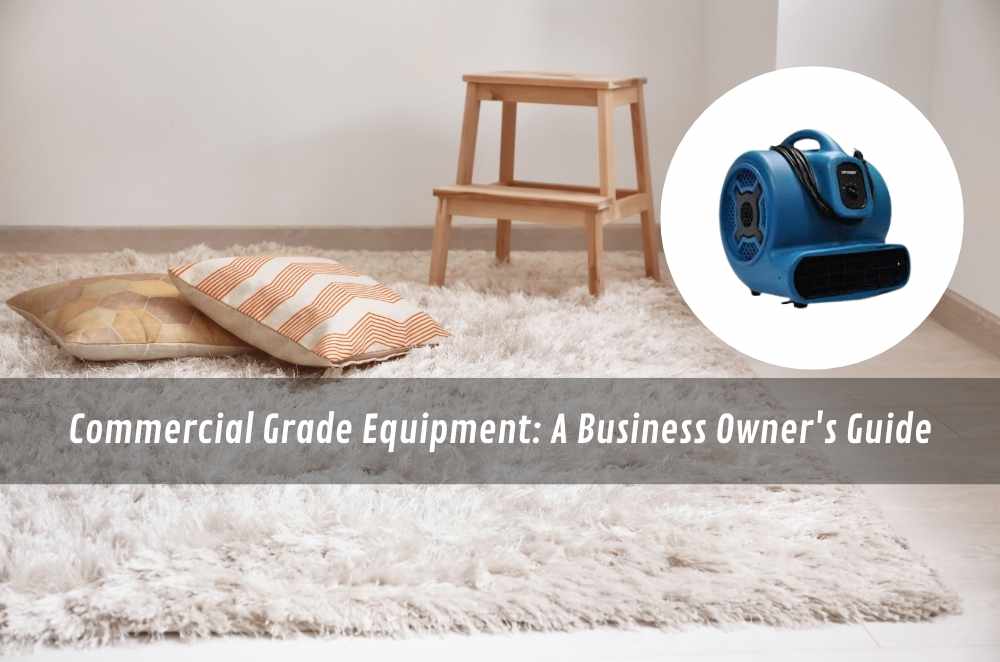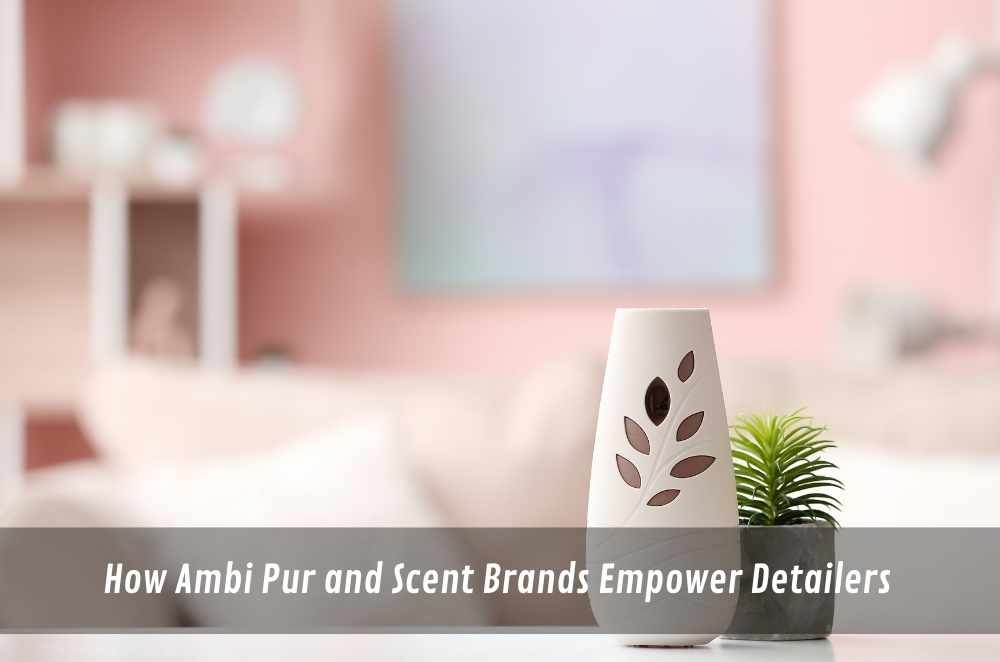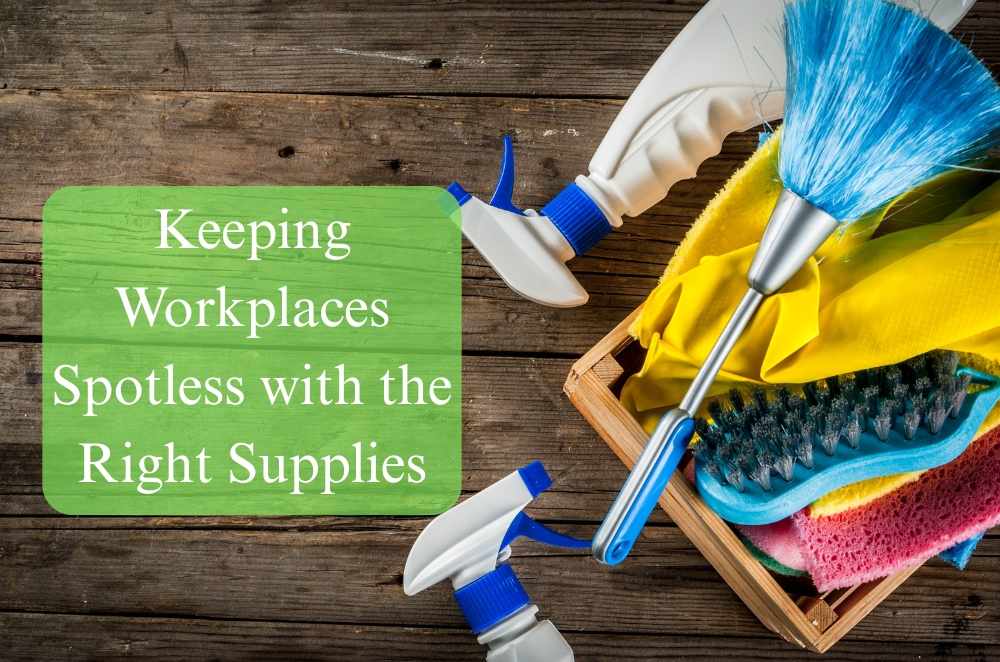
Ever been in a hospital and wondered how they get the building so spotless? Think about it: a high-pressure emergency department, where you can practically smell the germs cha-cha-ing across the floor. It's not a simple matter of a fly-by wipe-down; it's an all-out battle with unseen horrors. For the hospitals, getting it right isn't so much a question of cleanliness as it is a matter of life and death. The stakes are so high in getting everything sterile, with the recent flu epidemic knocking on doors hard, that having affordable hospital cleaning supplies and equipment is at the top of the list. They require large quantities of equipment to destroy superbugs and the plain old cold. So, what does it do for them? Let's dig in, shall we?
What disinfectants do Australian hospitals use?
Aussie hospitals aren't messing about with disinfectants. They're employing a small group of giants, each focusing on one type of germ-busting work.
Sodium hypochlorite (bleach): The big gun, the go-to for proper disinfection. It's the cricketing all-rounder, killing many bacteria, viruses, and fungi.
Hydrogen peroxide: A splash of the unsung hero, hydrogen peroxide sets to work on surfaces and equipment, especially where you need to target spores.
Quaternary ammonium compounds (QUATs): These are workhorses, perfect for general-purpose surface cleaning with minimum hygiene.
Alcohol-based products: Hand sanitisers and quick surface wipes spring to mind. They're the speedsters of disinfection, fast and lethal on most viruses and bacteria.
Peracetic acid: Spores are the arch-nemesis, and peracetic acid is the answer. It's like the spin bowler, subtle and precise.
These disinfectants are the backbone of hospital hygiene, each crucial to safeguarding patients and staff.
What are hospital-grade cleaning supplies?
Hospital-grade is not an adjective; it's a standard. These products are pushed to the extreme to ensure they effectively kill pathogens. They're designed for high-risk use, where the consequences are extremely high. It's the difference between the barbecue in your backyard and the restaurant kitchen – both cook, but one is held to much more stringent standards. They need to demonstrate effectiveness against a wide range of microorganisms, and they need to do it in an instant. The Therapeutic Goods Administration (TGA) is extremely picky, so only the best products cut.

What chemicals kill germs in medical settings?
Let's deconstruct the chemistry of clean, shall we? Hospitals rely on various manufactured chemicals designed to efficiently eliminate specific pathogens.
Chlorine compounds: The big guns used in high concentrations for bulk disinfection. They break down cell membranes, more or less instantly killing many pathogens.
Oxidising agents: Hydrogen peroxide and peracetic acid are examples, and they work by killing microorganism cell structures.
Alcohols: These are protein denaturants that dehydrate and ar,e therefore, well suited to rapid disinfection.
Phenolic compounds: They destroy cell walls and inactivate enzymes and thus possess a broad spectrum of antimicrobial activity.
Aldehydes: They are strong disinfectants widely applied to sterilising hospital instruments.
They all have a specific role, and hospitals select them meticulously according to the work that has to be performed.

What are the most potent hospital disinfectants?
When all is said and done, the hospital breaks out the heavy artillery. The heavy weapons are concentrated peracetic acid and sodium hypochlorite. They're brought out where infection danger is most acute, like in the operating theatre, intensive care, and high-traffic hospital areas requiring specialised floor cleaning equipment. These disinfectants are harsh enough to kill even the toughest bugs, like spores and bacteria that have developed immunity to antibiotics. Think of them as the wholesale blitz in a rugby scrum, relentless and decisive.
What bulk disinfectant supplies do hospitals buy?
Hospitals are huge businesses, so they have to buy things in bulk. That is buying the following in bulk:
Disinfectant concentrates
Surface wipes
Hand sanitisers
Paper rolls
Heavy-duty cleaners
They need a steady supply so that they never run out. They usually buy these in bulk from manufacturers of industrial-strength products.
How to buy Sydney hospital-grade disinfectants?
It is good to have a reliable supplier for hospitals in Sydney and hospitals overall. Local suppliers like AC Cleaning Supplies, who understand the specific needs of medical facilities, are godsends. They carry an assortment of hospital-quality products and understand how much timely arrival and consistency of quality mean. They also have an online presence for those who prefer online shopping.
Case study
In my hospital disinfectant case study, I explained how a distributor in Australia helped a large medical centre automate its disinfection procedure. The hospital was experiencing repeated outbreaks of bacteria in high-touch areas despite daily disinfecting. Following recommendations from field experts, they switched to hospital-grade disinfectants such as accelerated hydrogen peroxide and quaternary ammonium compounds.
The new disinfectant killed 99.99% of the bacteria and had a shorter dwell time, so the staff could clean the surfaces more effectively. Along with updated cleaning rotas and correct dilution levels, infection rates dropped in months.
This case highlighted the importance of choosing suitable cleaning chemicals, especially in health institutions where hygiene is the primary concern. Hospitals rely on efficient disinfectants and professional cleaning procedures to ensure patient and staff safety. This research showed me first hand how quality cleaning agents are essential in health institutions.
Conclusion
Hospitals are battlefields against invisible enemies, and their weapon of choice is powerful disinfectants. From peracetic acid to sodium hypochlorite, they are all crucial in maintaining a sterile atmosphere. With the knowledge of disinfectants and an adequate supply chain, hospitals can protect patients and employees from the ever-present threat of infection. In Australia, the standards are high, and the commitment to cleanliness is unforgiving. It's not an easy task, but it has to be done, and they do it well.








Write a comment ...